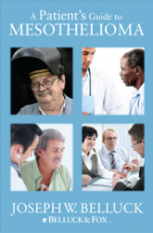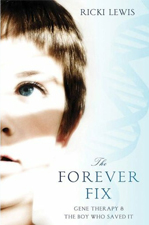Small Cell Lung Cancer (SCLC)
Overview
Small cell lung cancer (SCLC) is a disease of uncontrolled malignant cancer cell growth in the tissues of the lung. Small cell lung cancers are primarily diagnosed in smokers or previous smokers and account for 20-25% of all lung cancers. SCLC tends to spread very quickly, or metastasize, throughout the body via the blood and lymphatic system.
Limited small cell lung cancer refers to cancer that is present in only one location in the chest, whereas extensive SCLC refers to cancer that has spread to other sites and organs within the body.
There are two types of small cell lung cancer: small cell carcinoma, and combined small cell carcinoma. These types involve different types of cells; cancer cells of each type grow and spread in different ways. The kinds of cells found in the cancer and how the cells look when viewed under a microscope determine the name for the carcinoma.
Symptoms
Possible early symptoms of small cell lung cancer include chest pain, coughing, and shortness of breath.
Other persistent conditions which are associated with lung cancer include:
- Wheezing
- Coughing up blood (hemoptysis)
- Hoarseness
- Loss of appetite
- Weight loss for no known reason
- Unusual tiredness
A doctor should be consulted if any of the above problems occur. The doctor will conduct tests and procedures that examine the lungs to detect, diagnose and stage small cell lung cancer.
Stages of Small Cell Lung Cancer
The following are stage designations for small cell lung cancer:
- Limited-Stage Small Cell Lung Cancer. Cancer is found in one lung, the tissues between the lungs, and nearby lymph nodes only.
- Extensive-Stage Small Cell Lung Cancer. Cancer has spread outside of the lung in which it began or to other parts of the body.
Treatment
The following options are available for treatment of small cell lung cancer, with the stage of the cancer and general health of the patient determining the prognosis.
- Surgery – Surgery may be used if the cancer is found in one lung and in nearby lymph nodes only.
- Chemotherapy – Treatment that uses drugs to stop the growth of cancer cells, either by killing the cells or by stopping them from dividing.
- Radiation therapy – Treatment that uses high-energy X-rays or other types of radiation to kill cancer cells or keep them from growing.
- Laser therapy – Treatment that uses a laser beam (a narrow beam of intense light) to kill cancer cells.
- Endoscopic stent placement can be used to open an airway blocked by abnormal tissue. This does not kill the cancer cells; rather is used to relieve symptoms.
In addition, patients may consider taking part in a clinical trial. Patients can enter clinical trials at any time during the cancer treatment. Discuss the options with your medical team to determine if there is one to fit your needs.
Compared with other types of lung cancer, small cell lung cancer is more responsive to a combination of chemotherapy and radiation therapy. A cure is difficult to achieve because small cell lung cancer has a greater tendency to be widely metastasized by the time of diagnosis. For most patients with small cell lung cancer, current treatments do not cure the cancer.


